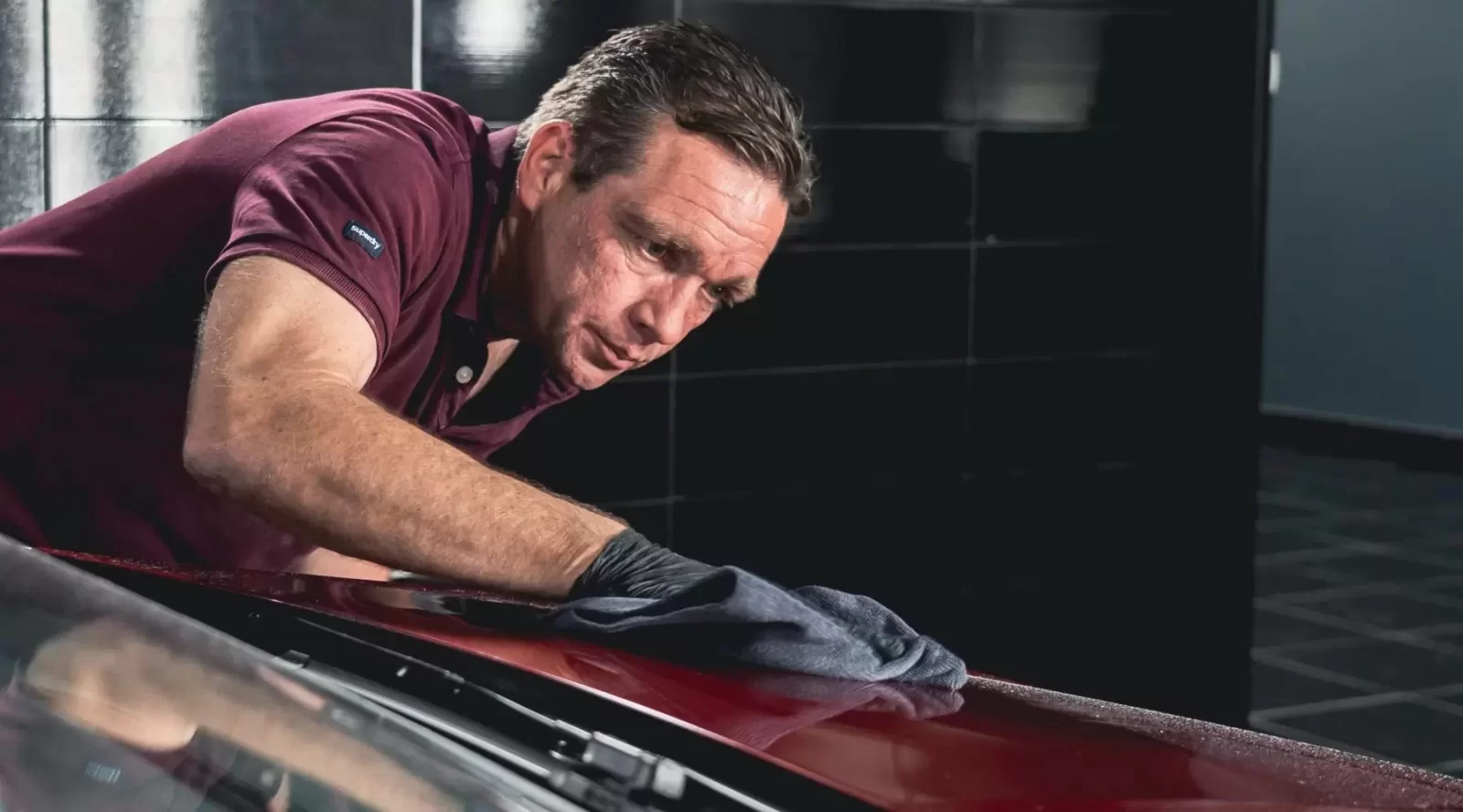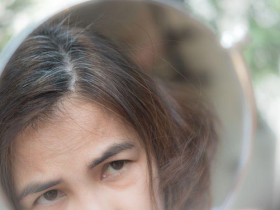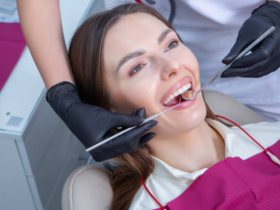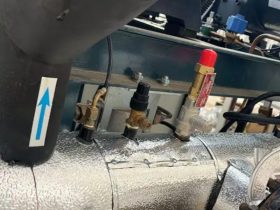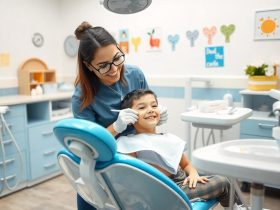Navigating tight spaces can be a nerve-wracking experience for any driver. Whether it’s a crowded parking lot, a narrow driveway, or a congested city street, the risk of scratches and dents is always present. Minor accidents and scrapes not only mark the appearance of your vehicle but can also lead to expensive repairs. Understanding how to safely maneuver through these challenging environments is crucial to maintaining your car’s aesthetic and avoiding unexpected costs.
Understanding the Risks
Driving in tight spaces poses several risks. Limited visibility, unexpected obstacles, and the close proximity of other vehicles or structures increase the likelihood of accidental scratches or minor collisions. Mirrors, in particular, are vulnerable, as they protrude from the vehicle’s body and are often the first point of contact in narrow spaces. Learning to anticipate these risks and take preventive measures is key to protecting your car.
Mastering Mirror Usage
Proper use of mirrors is one of the most effective ways to navigate tight spaces safely. Make sure your side mirrors and rear view mirror are correctly adjusted to maximize your field of view. Side mirrors should provide a clear view along the sides of your vehicle without showing too much of the car itself. Utilize the mirrors frequently, especially when reversing or maneuvering around obstacles, to monitor your surroundings and avoid contact with other vehicles or objects.
Precautionary Measures
1. Slow and Steady Driving: Why It’s Essential in Tight Spaces
When navigating through tight spaces, patience is your best friend. Driving slowly gives you more time to react to sudden changes or unexpected obstacles. It also allows you to make precise adjustments to your steering, reducing the risk of scraping against walls or other vehicles. Slow and steady driving minimizes the likelihood of overcorrection, which can lead to accidents.
2. The Benefits of Using Parking Sensors or Cameras if Available
Modern vehicles often come equipped with parking sensors or rear-view cameras, which can be invaluable in tight spaces. These technologies provide additional guidance by alerting you to objects in your blind spots and giving you a better view of your surroundings. If your car is equipped with these features, make use of them to enhance your spatial awareness and prevent scratches.
3. Tips on Positioning the Car to Avoid Scrapes Against Walls or Other Vehicles
Proper positioning is critical to avoiding contact with surrounding objects. When parking, aim to leave equal space on both sides of your vehicle. If possible, choose a spot that offers a little extra room, even if it means walking a bit further. When maneuvering through tight spaces, keep as close to the center of your lane as possible, and be mindful of protruding objects or uneven surfaces that could damage your car.
4. Avoiding Costly Repairs
Side mirrors are often the first parts to get damaged when navigating tight spaces. This damage can lead to unexpected and costly repairs. The side mirror replacement cost can vary widely depending on the make and model of your vehicle, and labor costs. Taking extra care to avoid unnecessary impacts can save you from these potential expenses. According to a local service guide from an auto body shop in Denver, it’s best to avoid driving too close to walls or other vehicles, especially if the path seems narrow or cluttered. They emphasize the importance of preventive measures and careful driving to keep your vehicle in top condition.
What to Do If You Scratch Your Car
Accidents happen, even to the most cautious drivers. If you do find yourself with a scratch or minor dent, it’s essential to assess the damage promptly. For minor scratches, using a scratch repair kit available at most auto parts stores can help minimize the damage. However, for more severe scratches or dents, it’s advisable to consult a professional.
Conclusion
Navigating tight spaces without incurring scratches or dents is a skill that can be mastered with practice and the right approach. By understanding the risks, making full use of your mirrors, and employing precautionary measures such as slow driving and utilizing parking sensors, you can significantly reduce the likelihood of damage. Not only will this save you the headache of dealing with repairs, but it will also protect your wallet from unexpected costs, such as replacing a side mirror. With a little care and attention, you can keep your vehicle looking its best and avoid the frustration of dealing with unnecessary scratches and dents.

